
Hi GPODers!
Yesterday we toured Steve Schmidt’s Atlanta garden, which has already filled with an array of flowers and new foliage (Steve’s Springtime in Atlanta). Today, we get to contrast that with the slow start to spring color that Phyllis Strohmeyer captured from her gardens in Hope, New Jersey. Phyllis has shared her beautiful, flower-filled garden a couple of times in the past (check out those submissions here: The Year That Was in Northwestern New Jersey and Highlights from Phyllis’s Garden in New Jersey). Before her beds and borders erupt into their dazzling display of peak-season blooms, the start of spring brings pockets of bright blooms and fresh foliage as the rest of the garden just begins to emerge from its winter hibernation.
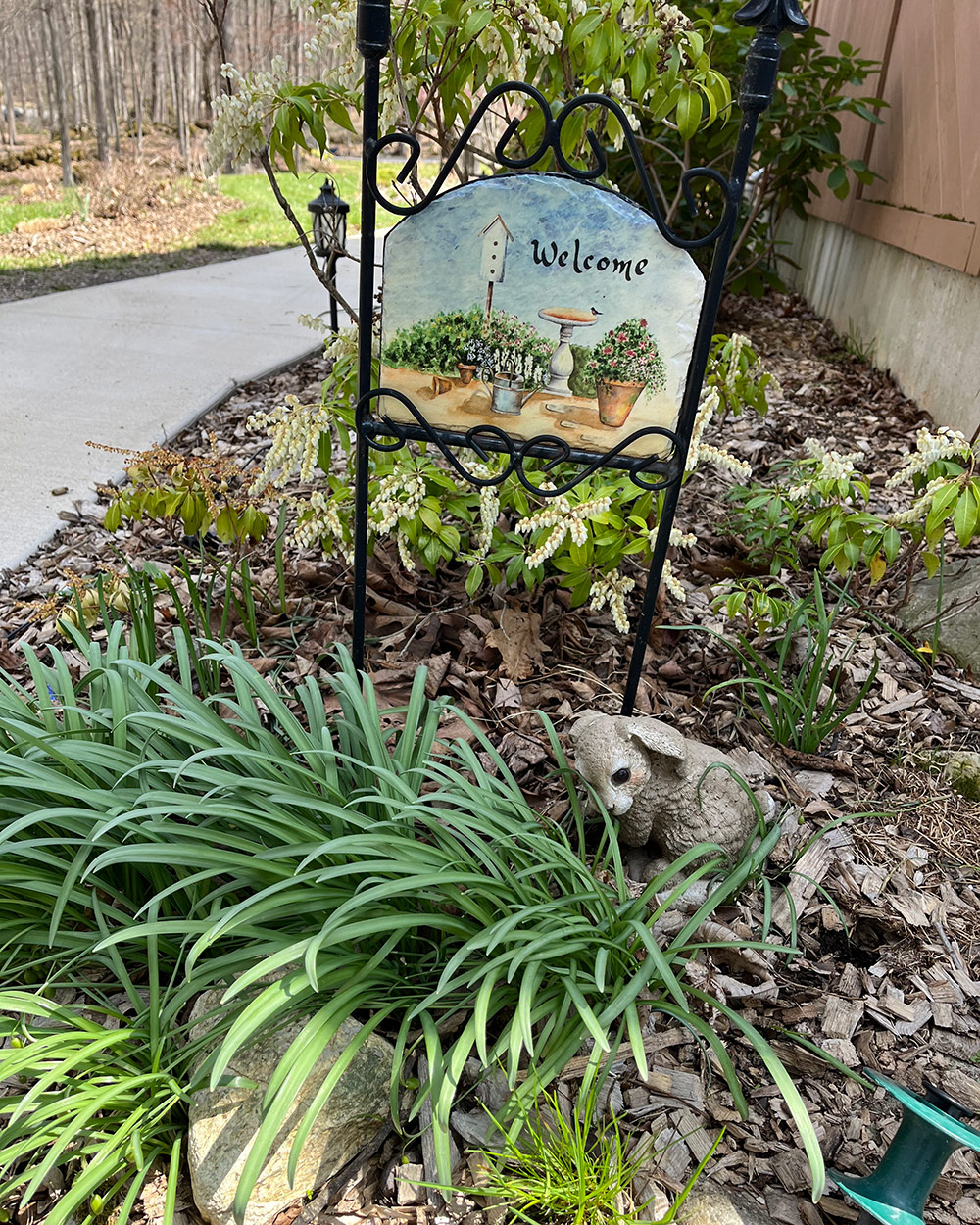 Welcome sign with spent snow drops in front of andromeda.
Welcome sign with spent snow drops in front of andromeda.
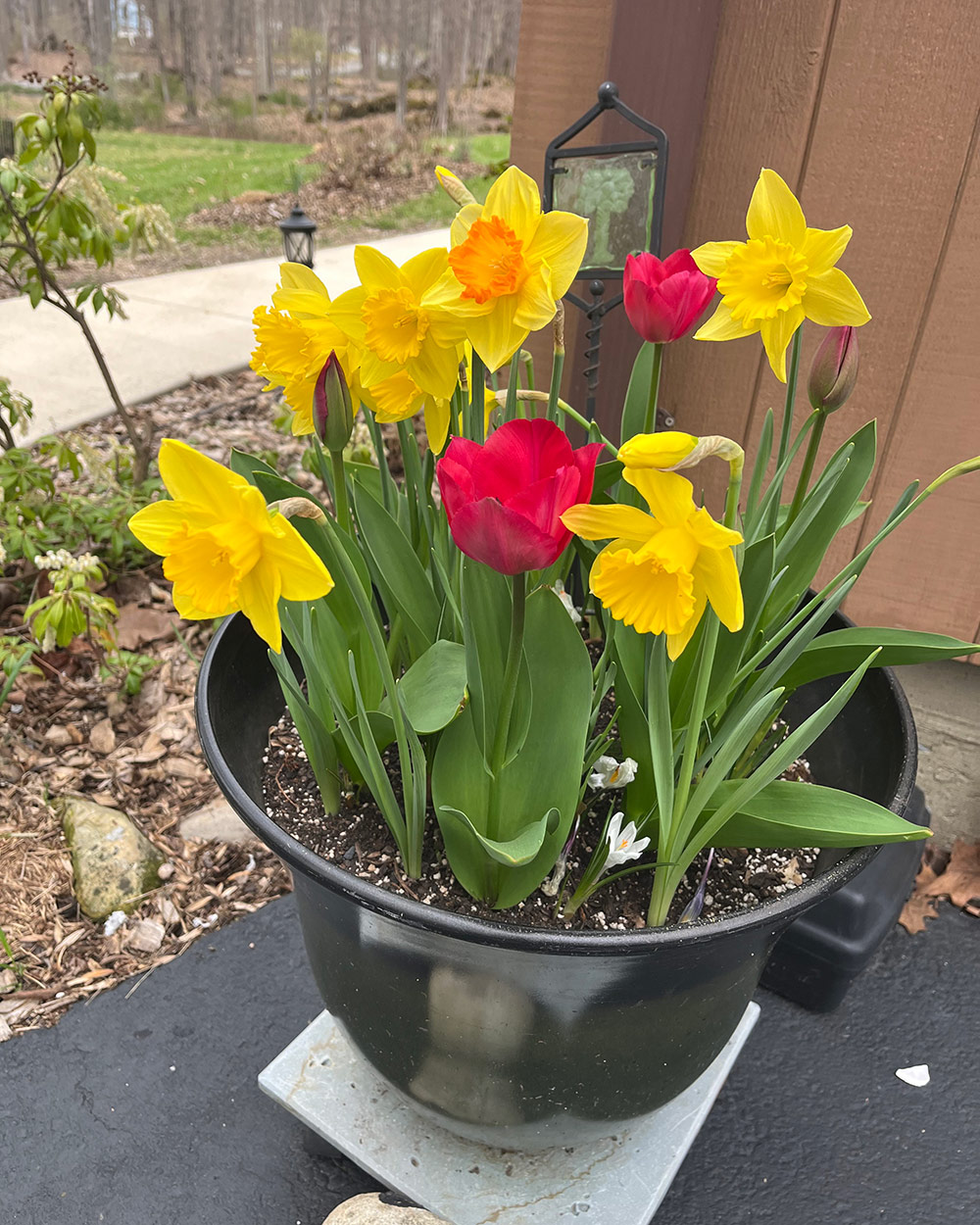 Crocuses, daffodils and tulips planted a lasagna style, last fall.
Crocuses, daffodils and tulips planted a lasagna style, last fall.
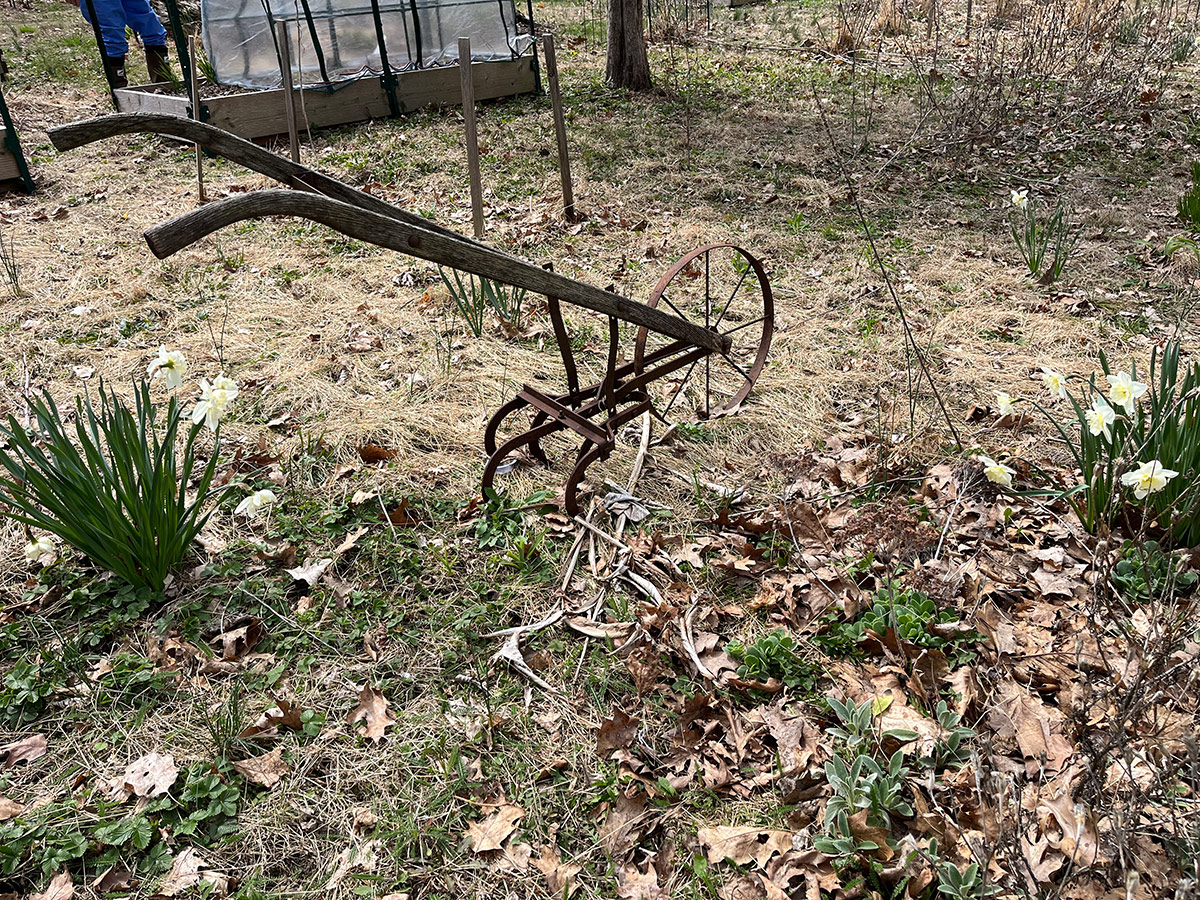 My antique plow which will be surrounded by flowers in summer.
My antique plow which will be surrounded by flowers in summer.
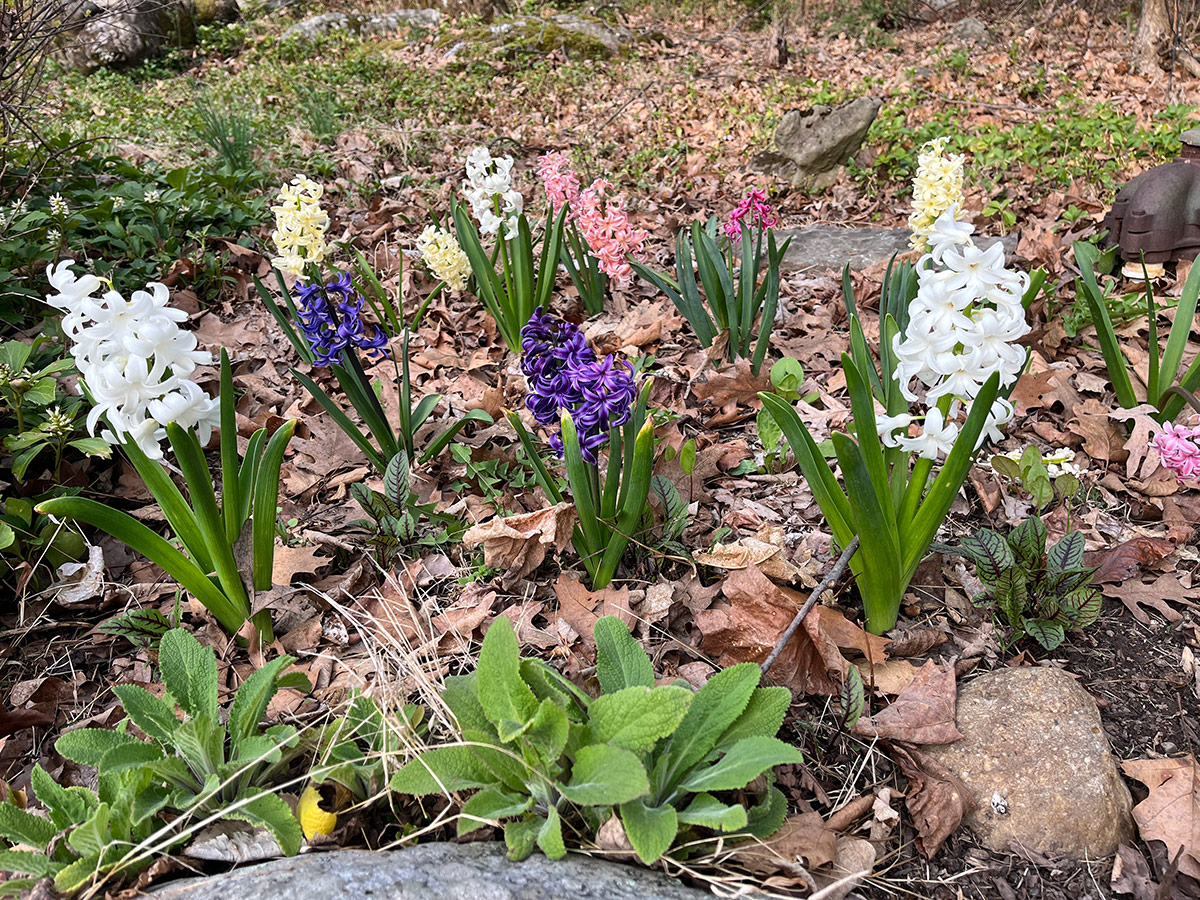 Colorful hyacinths with foxglove rosettes in front.
Colorful hyacinths with foxglove rosettes in front.
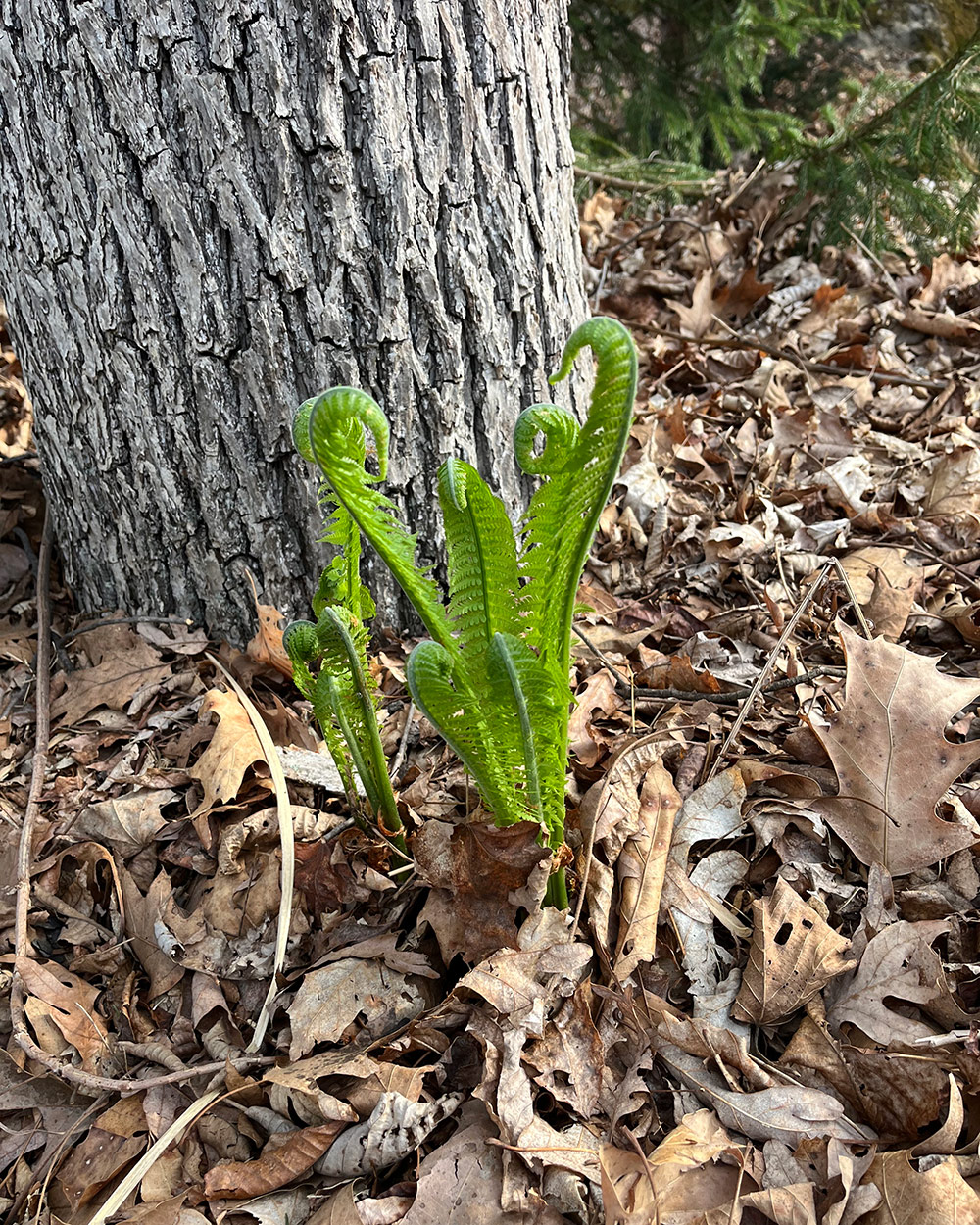 Lady fern (Athyrium filix-femina, Zones 4–8) fiddleheads springing.
Lady fern (Athyrium filix-femina, Zones 4–8) fiddleheads springing.
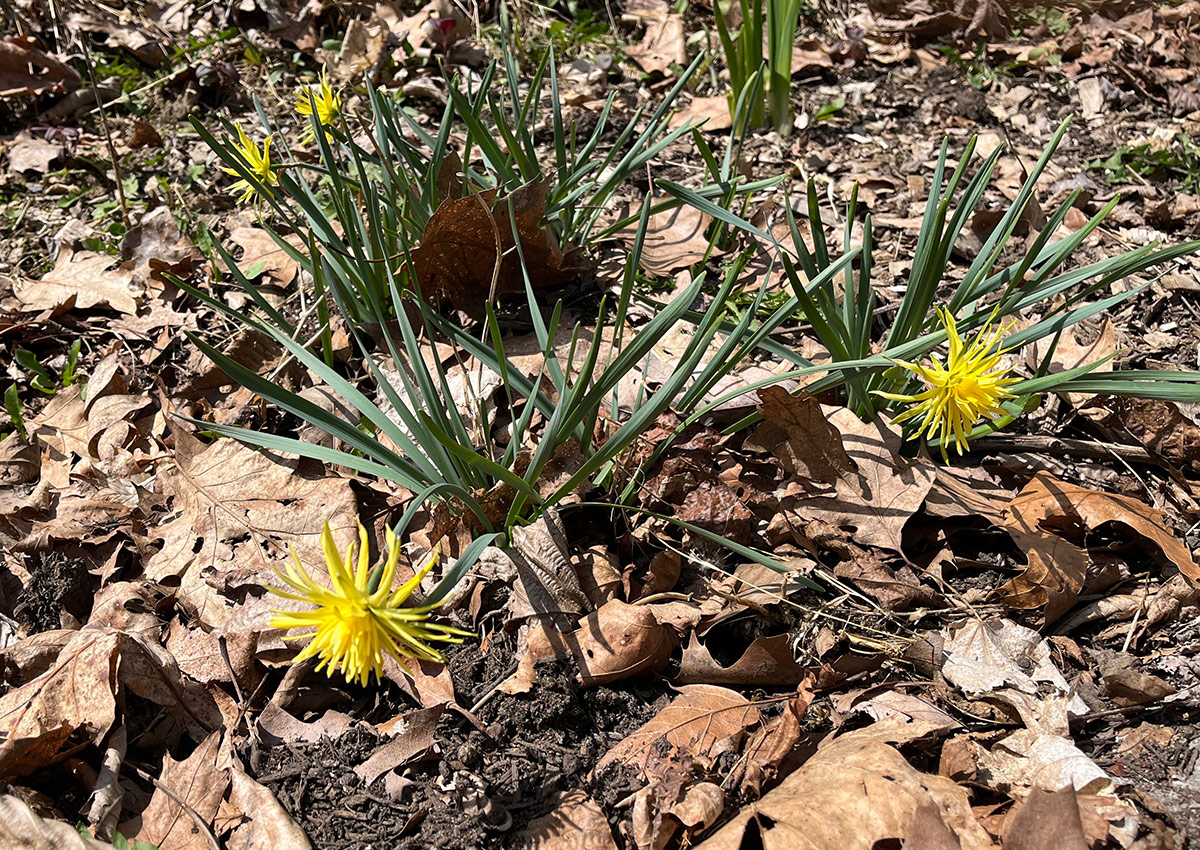 Rip Van Winkle daffodils (Narcissus ‘Rip van Winkle’, Zones 4–8) are perfect for anyone that loves the early color daffodils provide, but are looking for a flower shape that is a bit outside the norm. Rip Van Winkle is an double daffodil, so each bloom is packed with skinny petals that give each flower a spiky appearance completely unlike their trumpet counterparts.
Rip Van Winkle daffodils (Narcissus ‘Rip van Winkle’, Zones 4–8) are perfect for anyone that loves the early color daffodils provide, but are looking for a flower shape that is a bit outside the norm. Rip Van Winkle is an double daffodil, so each bloom is packed with skinny petals that give each flower a spiky appearance completely unlike their trumpet counterparts.
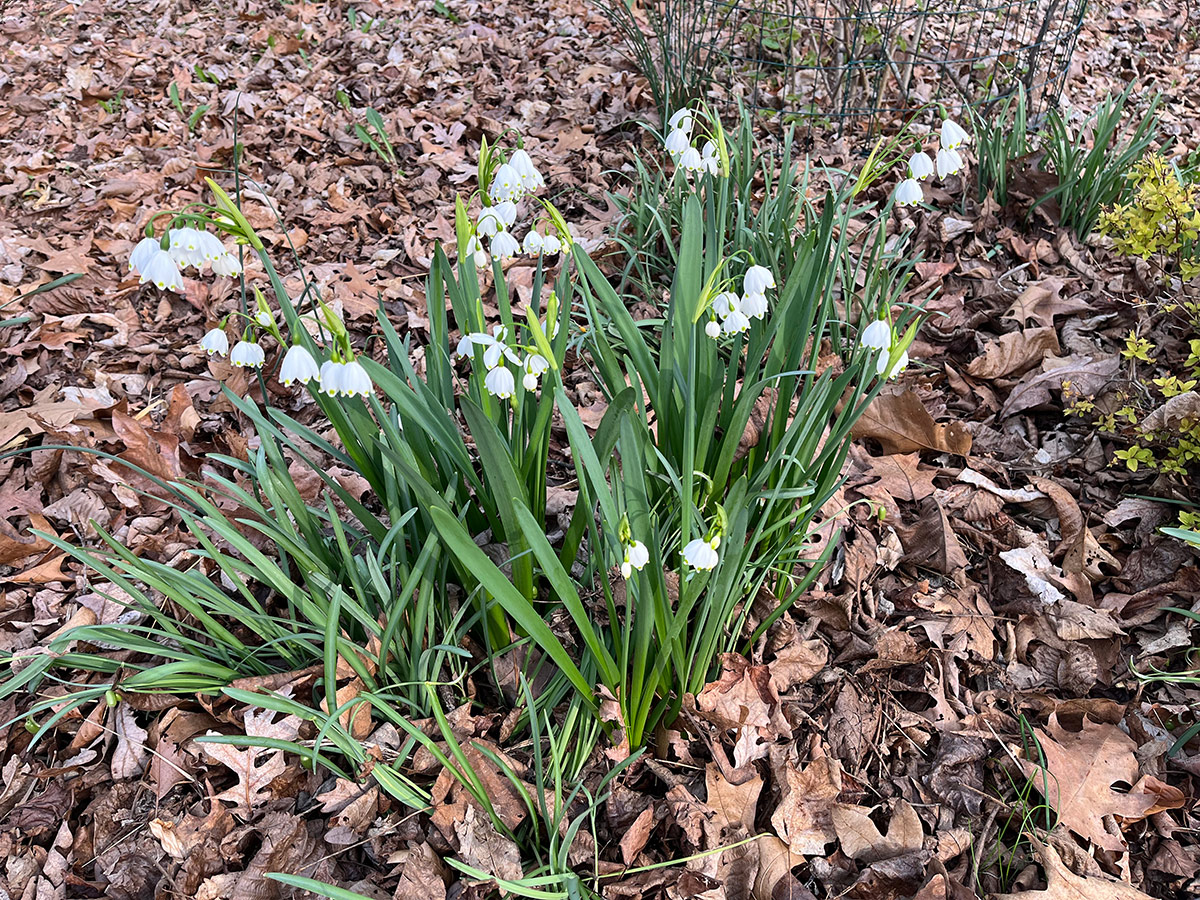 Another one of the first blooms to emerge in the garden is the summer snowflake (Leucojum aestivum, Zones 4–8), which has one of the most deceptive names in the plant world. While the plant sounds like it celebrates summer, it can bloom as early as January in some areas.
Another one of the first blooms to emerge in the garden is the summer snowflake (Leucojum aestivum, Zones 4–8), which has one of the most deceptive names in the plant world. While the plant sounds like it celebrates summer, it can bloom as early as January in some areas.
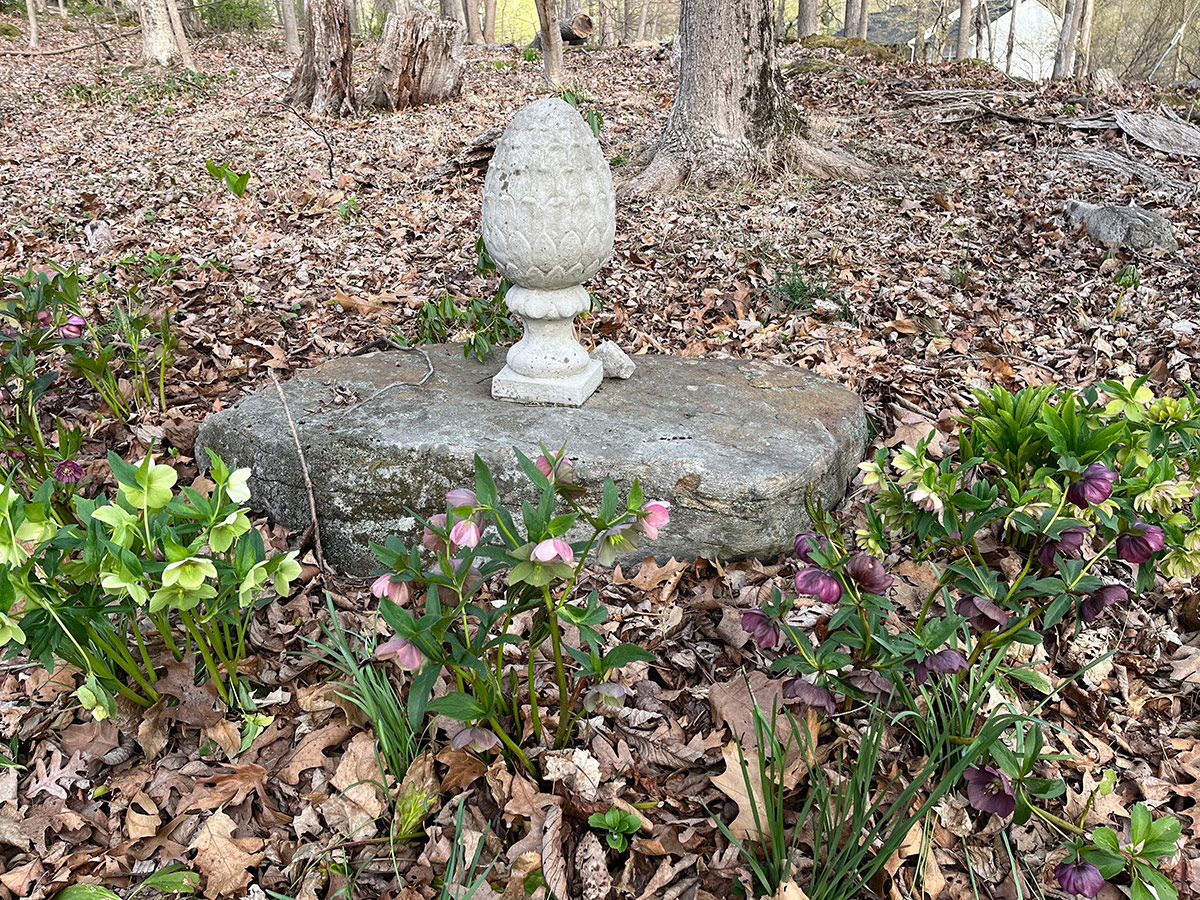 Hellebores surrounding our artichoke sculpture. Artichokes symbolize hope which is the name of our town, Hope, NJ.
Hellebores surrounding our artichoke sculpture. Artichokes symbolize hope which is the name of our town, Hope, NJ.
Thank you so much for sharing these early signs of spring in your garden, Phyllis! There are few things as exciting as seeing those first green sprouts emerging from the brown fallen leaves, and it’s amazing to get a sense of the transformation that takes place from the start of spring to the height of activity in summer.
What are the earliest spring plants in your garden? Does color burst into your garden quickly like Steve’s Atlanta garden, or does green growth emerge more slowly likely Phyllis’s New Jersey garden? Let us know in the comments below, or consider sharing your spring garden photos with Garden Photo of the Day! Follow the directions below to submit photos via email, or send me a DM on Instagram: @agirlherdogandtheroad.
We want to see YOUR garden!
Have photos to share? We’d love to see your garden, a particular collection of plants you love, or a wonderful garden you had the chance to visit!
To submit, send 5-10 photos to [email protected] along with some information about the plants in the pictures and where you took the photos. We’d love to hear where you are located, how long you’ve been gardening, successes you are proud of, failures you learned from, hopes for the future, favorite plants, or funny stories from your garden.
Have a mobile phone? Tag your photos on Facebook, Instagram or Twitter with #FineGardening!
Do you receive the GPOD by email yet? Sign up here.
Fine Gardening Recommended Products
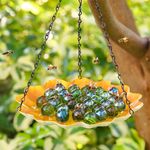
Bee Watering Station with Vivid Flower Design
Fine Gardening receives a commission for items purchased through links on this site, including Amazon Associates and other affiliate advertising programs.
Thoughtful Combo: You will receive a bee feeder and 30 glass marbles. This thoughtful combo can provide clean water for the bees, you just need to put the marbles into the bee watering station, add water (note: the water level should not exceed the height of the marbles) and hang them in the right place. The round, colored marbles can provide a place for the bees to stand and prevent them from falling into the water, effectively keeping the bees safe. Fine Material: This exquisite bee bath is made of high quality iron material, smooth surface, rust and weather resistant, not easy to fade, sturdy and reliable. Bee cups for garden can well meet the drinking water needs of lovely bees, and it can also provide food for bees, such as sugar water, nectar, etc., attracting more bees to your outdoor area and making your garden full of vitality. Perfect Size: The butterfly watering station has an overall height of 13.4 inches, a bowl diameter of 9.4 inches, and a weight of 0.44 pounds. The bee cup serves the needs of the bees well without plunging them into dangerously deep water or taking up unnecessary space in your garden, and this compact and efficient design makes it a practical addition to any outdoor space. Elegant Design: Our bee watering cups are designed in unique flower shapes with vibrant and realistic colours to attract lovely bees to your garden and patio, bee feeders for outside are not only functional but can also be used as a landscaping element, their vibrant floral patterns enhance the beauty of your garden. Multicolored Decoration: Colorful bee water stations look like flowers in a garden, flower bed or pot and attract bees and butterflies. They can drink or bathe in bee feeders, which are highly decorative and practical.
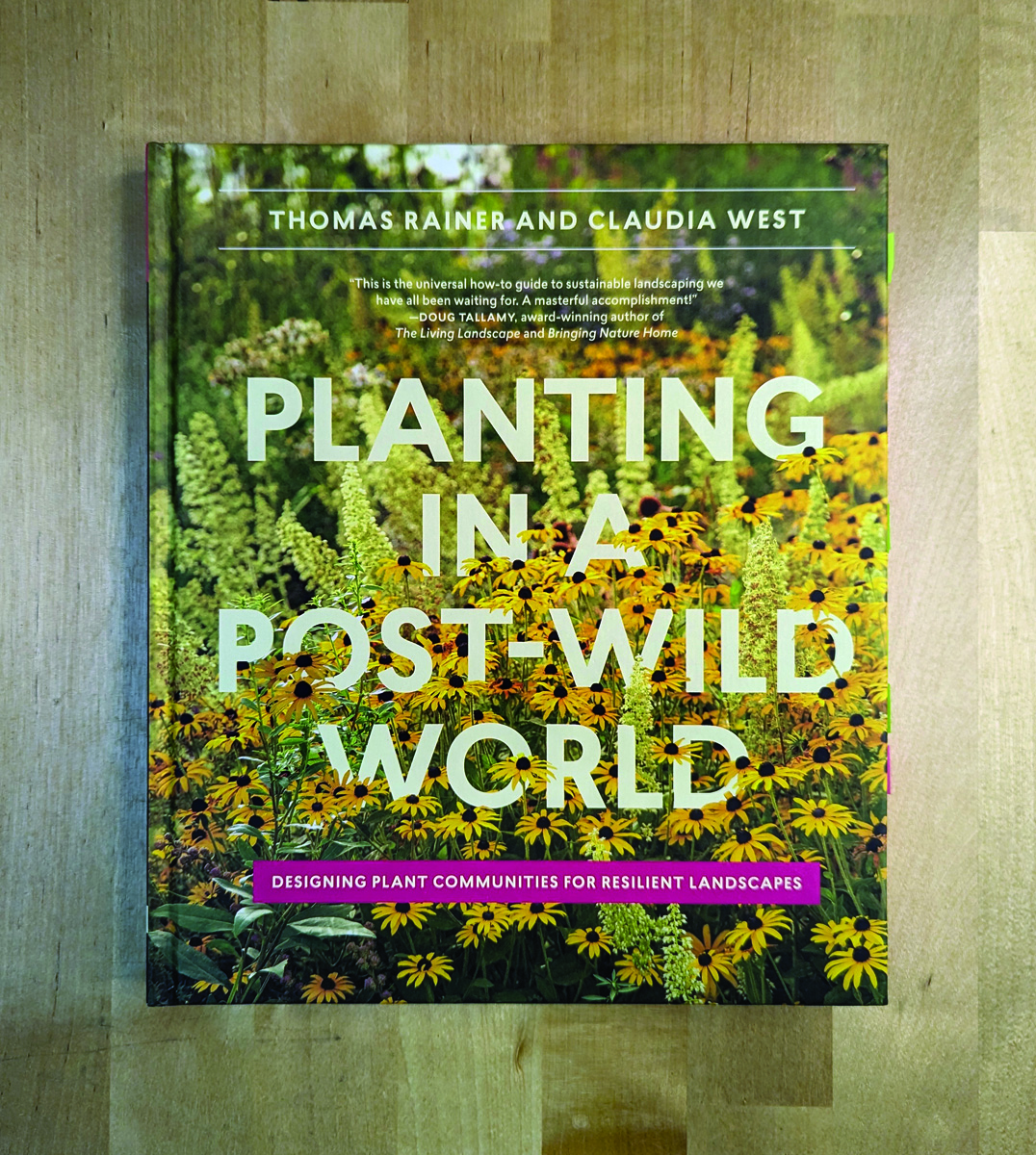
Planting in a Post-Wild World: Designing Plant Communities for Resilient Landscapes
Fine Gardening receives a commission for items purchased through links on this site, including Amazon Associates and other affiliate advertising programs.
Featuring gorgeous photography and advice for landscapers, Planting in a Post-Wild World by Thomas Rainer and Claudia West is dedicated to the idea of a new nature—a hybrid of both the wild and the cultivated—that can nourish in our cities and suburbs.
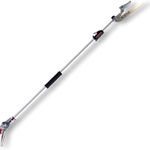
ARS Telescoping Long Reach Pruner
Fine Gardening receives a commission for items purchased through links on this site, including Amazon Associates and other affiliate advertising programs.
Telescopes from 4 to 7′. Cut and Hold (160) Blades. Drop forged blades for unsurpassed long lasting sharpness. Lightweight, 2.3 lbs., for continued use. Perfectly balanced for easy pruning.








